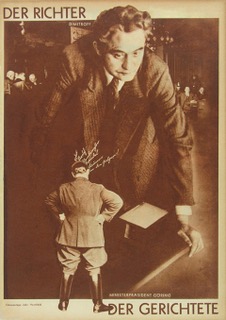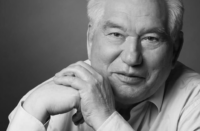Georgi Dimitrov led the Communist International from 1934 to 1943. During that time, he contributed to the Communist understanding of fascism, more so than any other Marxist theorist. Dimitrov outlined the origins and purpose of fascism as well as the strategy the Communist movement had to adopt in order to defeat it.
Dimitrov gave a class analysis of fascism, defining it as the open terroristic dictatorship of the most reactionary, most chauvinistic and most imperialist elements of finance capital. After the crisis of capitalism that began in 1929, capitalism faced the dilemma of a weakened capitalist system coinciding with a Soviet Union, which was then constructing socialism. The rise of Communist Parties across the world, especially in advanced industrial countries, with a fighting workers’ movement, meant that the capitalist way of ruling had to adapt in order to survive. The bourgeoisie substituted their state form – from a bourgeois-democratic to a more open, terroristic dictatorship to protect capital and crush the growing workers’ power. Pinochet’s Chile, as well as the current Venezuelan opposition, can be said to also fall into this category.
Capitalist dominance could no longer continue to rule using soft power, and so even the virtues of liberal capitalism are dispensed with. Fascism comes to power by appealing to the anti-establishment instincts of the people, although directing their anger into convenient scapegoats. In Germany this was Jews, while modern fascist movements use Muslims as their scapegoat. The bourgeois-democratic state makes a political choice to undermine democracy, and in an attempt to take some of the support away from the fascist movements, adopts some of their positions. The result is in fact not the fascists becoming irrelevant, but rather their demands becoming state policy.
Dimitrov showed how in order to defeat Fascism, the Communist Parties must become more connected with the broad masses of workers and the people. Rather than ignoring the peoples’ concerns, Communists have to understand them and work with the people towards solving them. If the left does not do that, then the far-right will step into the void. Nowhere is this more evident today than on the European Union. Many sections of the left and workers’ movement have made a political choice to ignore the nature of the EU, leaving the far-right to enjoy support from working-class people for their opposition to it. Of course, the far-right do not oppose the EU from the position of national democracy or sovereignty, but rather for narrow nationalist and indeed racist reasons. In order for the Left to combat the growing rise of fascist forces across Europe, the left has to reconnect with its base and provide an alternative deserving of working-class support, not the crude internationalism which leads some in the workers’ movement to support entities like the EU, or idealist ultra-left positions such as calling for open borders as a knee-jerk response.
Dimitrov wrote that “national forms of the proletarian class struggle and of the labour movement in the individual countries are in no contradiction to proletarian internationalism; on the contrary, it is precisely in these forms that the international interests of the proletariat can be successfully defended.”
The Communist International, under the leadership of Dimitrov, proposed the policy of the united front to combat fascism. This was a policy of uniting all anti-fascist forces into one movement, not just working class forces, but women and youth, as well as sections of the petit-bourgeoisie. This included the radical sections of social democracy, who understood that the policy of class-collaboration or struggling for a better capitalism was no way to defeat fascism. The united front was not, it should be said, intended to struggle for socialism, it’s objective was to defeat fascism, even if the working class and other strata were not prepared for the struggle for socialism, they could be convinced to defend their interests in the democratic struggle. It should be pointed out some Communists in the post-war environment, especially in Western Europe, adopted this policy as a means of struggling for socialism, abandoning revolutionary strategy.
One of Dimitrov’s most astute observations was on how to defeat fascism in countries where the fascists had come into power. He explained that Communists must in fact not boycott the mass organisations of fascist power, such as the state-controlled trade unions, but rather must seek to win influence in these mass organisations and act as a Trojan horse and undermine the fascist system from within.
By and large, the policy of the united front worked. After the Soviet victory over fascism in 1945, Communists had emerged as major political actors in countries where fascism was routed. The emergence of the People’s Democracies in the late ‘40s was a result of Communists building alliances with the radical sections of the democratic movement – helped in no small part by the presence of the Red Army in these countries. Dimitrov reminds us of Lenin calling upon us to focus all our attention on “searching out forms of transition or approach to the proletarian revolution.”
Dimitrov would go on to become the first leader of the People’s Republic of Bulgaria in 1946, and he died three years later.






